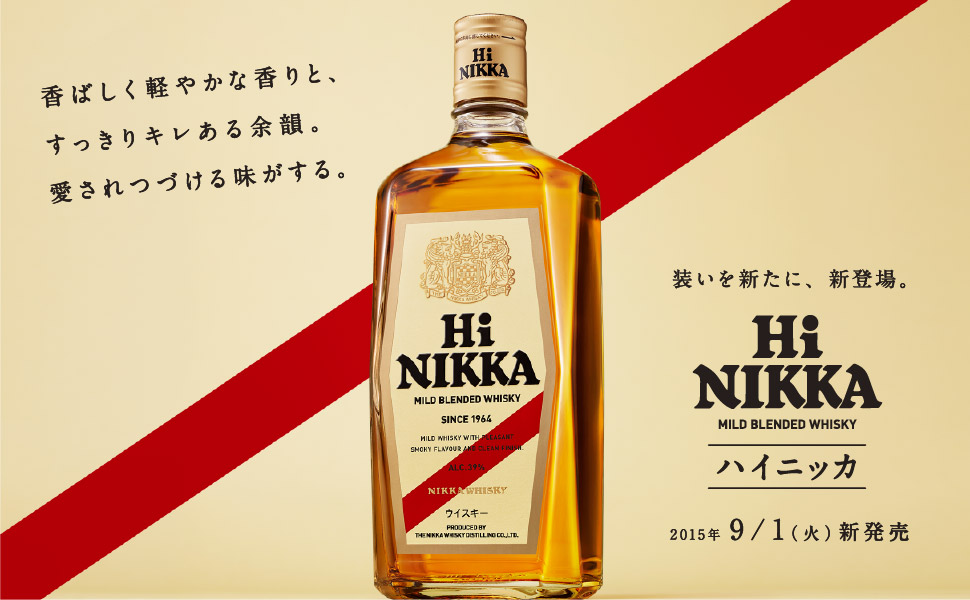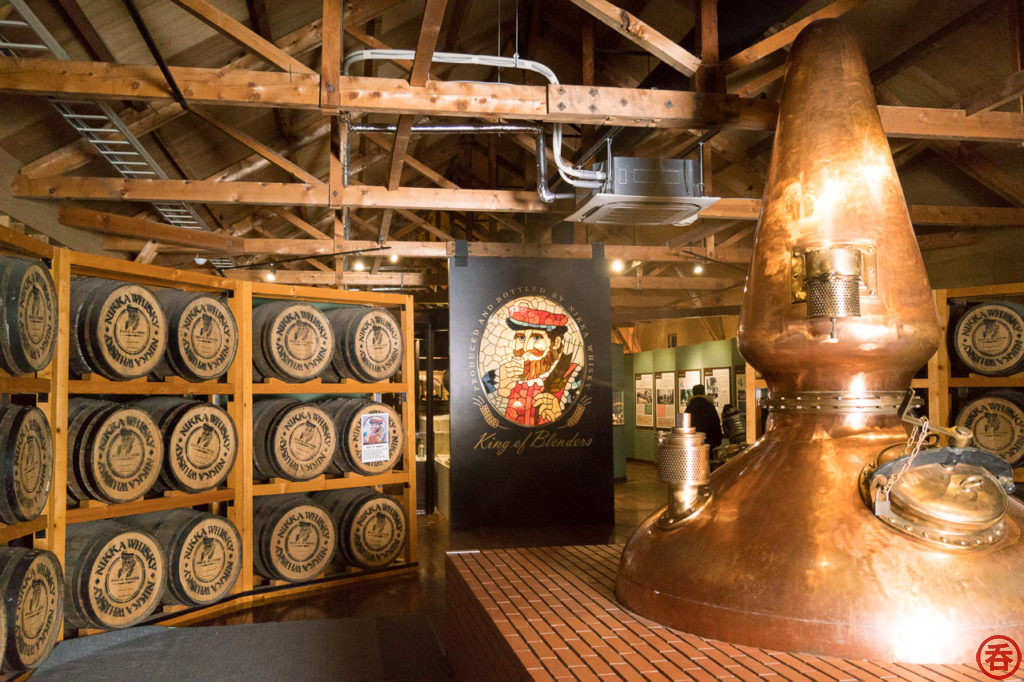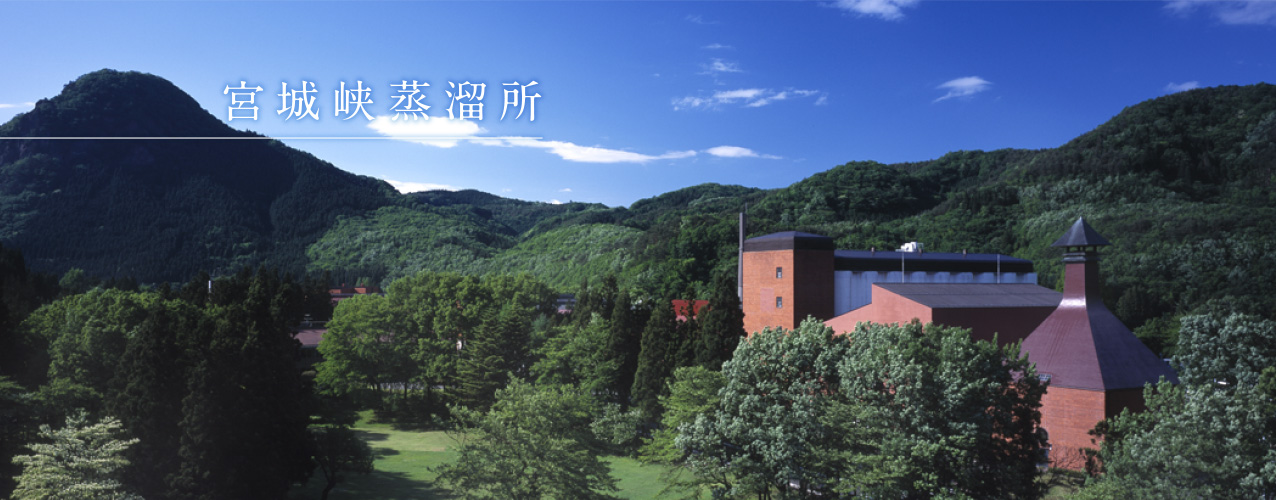2018 marks a century since the founder of Nikka Whisky, Masataka Taketsuru, set out on a journey that would alter the history of Japanese whisky. Based primarily on his serialized autobiography originally published in Nikkei in 1968, in the final chapter Nikka Whisky continues expanding to become Japan’s second biggest . Click here to read previous entries in this series.
Nikka expands rapidly
Nikka Whisky aggressively invested in their plants in 1959-1960. This began with opening a Nishinomiya bottling facility in 1959, Hirosaki factory in 1960, and a Kyushu factory in Tosu in 1965. That Nishinomiya facility would become the site of a secret project that Nikka Whisky was undertaking to take Japan’s whisky quality to the next level.
That research led me to two conclusions. One was that we would put in the maximum allowed amount of real whisky — as old as possible. So with a Grade 2, we could put 9.9% nicely aged whisky in it – this would yield whisky as good as putting in 15% younger whisky in it. The law had no requirements about aging, so we could make better whisky using this approach. The other conclusion stemmed from the fact that Japanese whisky was a blend of real whisky and neutral spirits. We also make a softer, smoother whisky by using grain spirits for the neutral spirit, as was being used in Scotch.
In order to do that, they needed a continuous still. Asahi was thankfully cooperative and provided the capital to make Taketsuru’s dream come true. He went to the UK once again, bought a Coffey still, and installed it at the Nishinomiya factory. Japan’s first grain whisky distillery was born in 1962. The Coffey still has since been moved to Miyagikyo, but it remains in operation today, as seen in the Nikka Coffey grain/malt/gin/vodka series.
Both the 500 yen “Hi Nikka” and 1000 yen Black Nikka used the maximum allowed real whisky and Coffey grain. “These two soft whiskies acted as the fuse for the soft whisky boom, as well as the fuse for the 500 yen/1000 yen whisky price points,” Taketsuru says.
Japan’s second whisky boom
That soft whisky boom he’s referring to was Japan’s second post-war whisky boom. All leading whisky makers would focus on producing “soft whiskies” over the years. He writes: “Some people referred to this as the ‘1000 yen whisky war’ or the ‘soft whisky boom,’ but that’s just a small piece of it. Instead I think the issue was whether or not it really helped to improve the quality of Japanese whisky.” Japan’s second whisky boom would continue until around 1983, when it started to decline. In 2008, Japan’s third whisky boom would begin again with Suntory’s push of the whisky highball, bringing us to the shortage we have today.
The tax code was changed again in 1968, pushing the maximum allowed real whisky up by 3% in each Grade. It also finally required a minimum of 7% whisky, meaning that anything labeled as “whisky” must actually contain (some) whisky. White Nikka was the first product to take advantage of the new ratios. “I think this change will greatly help improve the quality of Japanese whisky,” Taketsuru writes. Yet even in 2018, we’re still a long way away from truly defining “Japanese whisky.” I wonder what Taketsuru would think of today’s situation?
Whisky can’t be explained by science alone. Sometimes I think that it’s something like witchcraft, wandering between the mysteries of nature and human power. Academics and science progresses as time goes on, but what I learned 50 years ago about making whisky is still applicable today. Science has tried time and time again to make maturation faster, but it always fails. Only nature and time can do that. The traditional way of making whisky used in Scotland is the only path. That’s why we introduced the Coffey still, to make Coffey grain. The only thing left was to add more distilleries. Whisky is delicate, such that even the same technician using the same equipment and same materials will end up with something completely different, if it’s made in a different location. Blend them together and you get something even better. This is how it’s always done in Scotland.
Miyagikyo Distillery
That line of thinking is what led Taketsuru to open Nikka’s second whisky distillery in Miyagikyo, near Sendai. It began operation in spring of 1969.
Taketsuru closes his autobiography saying “the people that say I am a ‘lucky man’ are probably saying that considering everything that happened in my life. And I do feel like I’ve had a wonderful life, completely devoted to whisky making.”
Masataka Taketsuru passed away on August 29, 1979. His adopted son, Takeshi Taketsuru, would go on to become the 2nd generation Master Blender at the company, the later President. The current President of the company is Taketoshi Kishimoto, who joined the firm in 1982.
Hi there! I created and run nomunication.jp. I’ve lived in Tokyo since 2008, and I am a certified Shochu Kikisake-shi/Shochu Sommelier (焼酎唎酒師), Cocktail Professor (カクテル検定1級), and I hold Whisky Kentei Levels 3 and JW (ウイスキー検定3級・JW級). I also sit on the Executive Committees for the Tokyo Whisky & Spirits Competition and Japanese Whisky Day. Click here for more details about me and this site. Kampai!




Thanks for sharing the series of articles. Very interesting read.